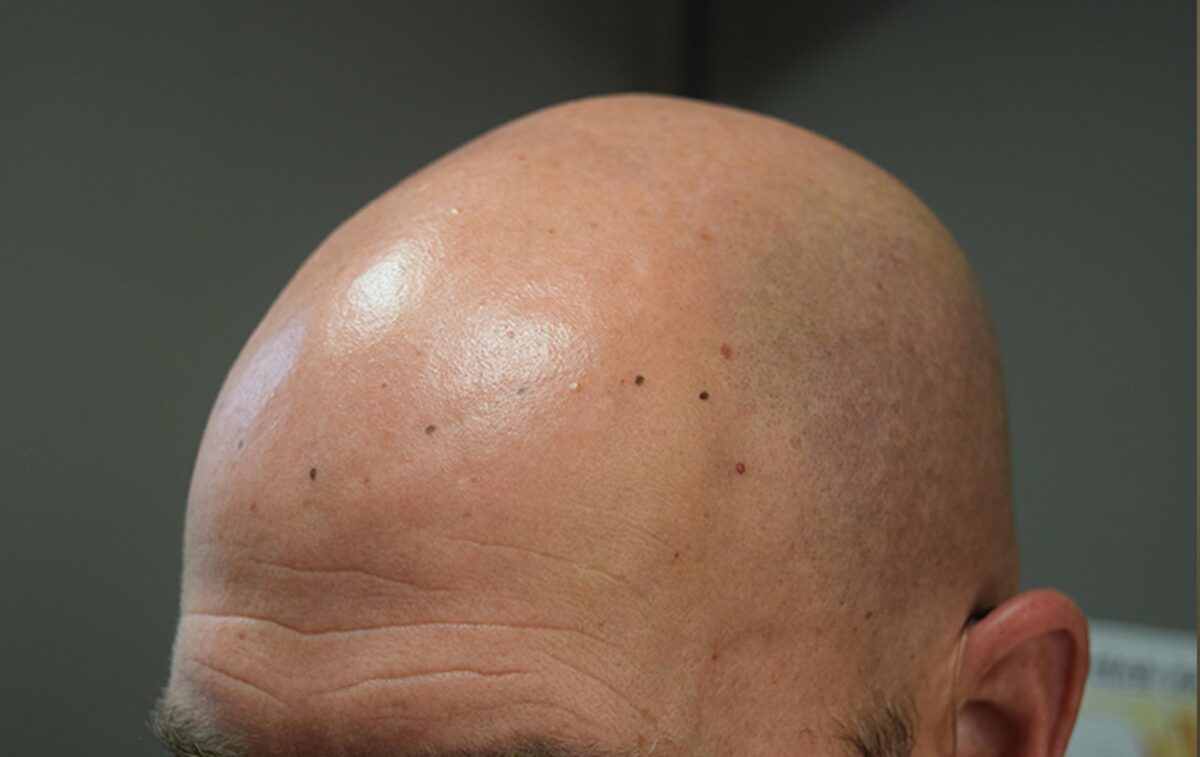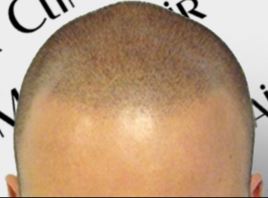What are the most critical steps to take after your first SMP session? Let’s explore that. Hair loss is common among men and women but it still hurts to see your hair fall. The shedding of hair can appear as early as the age of 35 and might cause complete baldness for some. Luckily, SMP can mitigate the effects of hair loss. When you start scalp micropigmentation, it is important to follow a few aftercare tips.
What To Do After First SMP Session?
Avoid showering for the First 3 Days
You may want to wash your head after the scalp session but it is best not to do so. Immediately, after the session, your scalp is sensitive. You can ruin it by applying water to your head. This includes refraining from swimming, which can expose the scalp to salty or chlorinated water.
In fact, you may want to avoid any physical activity that can result in sweating. Excessive sweating can prevent your scalp from healing in the first few days. Even you must avoid sunlight exposure, as UV rays can be hazardous to the healing process.
A loosely fitted hat can prevent scalp exposure to sunlight.
Avoid swimming for up to 30 days after your last procedure to get the best results.
Do not Shave
Starting day 4, you can start shaving your head. But before that avoid shaving, especially for the first three days after SMP. An electric foil shaver is a safe shaving tool that does not disturb your scalp pigment.
As you shave, be gentle on your newly inked scalp and avoid any visible scabs. You must be extra careful with the scabs and avoid peeling them as it can affect the result of your procedure.
Take a Light Shower 4 days after first SMP session
Starting with day 4, it’s safe to wash your head with small amounts of water. A light shower is okay. However, avoid using sulfate shampoo. A gentle cleanser without sulfates, chemicals, or paraben is good to use.
Resume Routine Day 7 Onward
After giving a full week of rest to your scalp, you have allowed it to heal. However, you may still want to avoid wet shaving with a blade. It’s okay to use a rotary shaver to be on the safer side. Now is the right time to sweat it out at the gym.
Use a non-greasy mattifying lotion like Zero Shine that creates a matte effect and prevents scalp shine while shielding your skin from dangerous ultraviolet rays.
Bottom Line
You want to give your scalp complete time to heal properly after each SMP session. Mild redness and slight itching are common after the procedure. Following the SMP aftercare tips will help you keep your skin healthy and avoid the risk of infection while allowing your scalp to heal fully.
If you’re ready for your first SMP session, get in touch with the best scalp practitioners in Arizona at DermiMatch. The team has decades of experience in micropigmentation and can help you deal with hair loss issues and is happy to share all care tips for the first SMP session.










